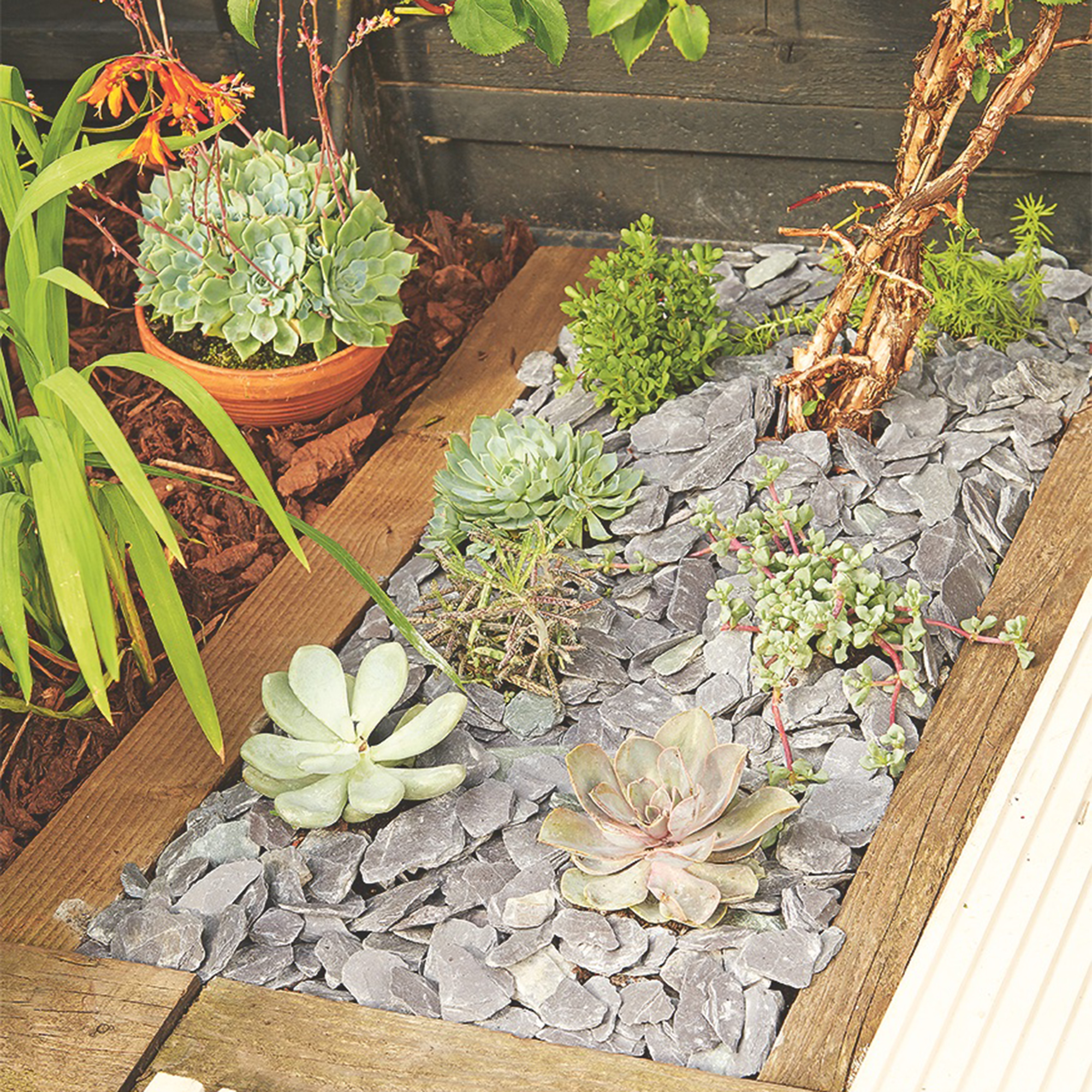
You probably don’t need us to tell you that succulents are low maintenance, but the biggest succulent care mistake you can make is thinking that they’re easy to care for. Sure, they may be super chill and quirky, but they still rely on us mere mortals to keep them alive - and that can be a tough job if you’re not a seasoned gardener or houseplant enthusiast.
But don’t worry; we’re here to teach you the ways of the succulent warrior. No matter whether you’re looking for some new houseplant ideas or you’re hoping to create the ultimate outdoor rock garden, avoiding these succulent care mistakes will ensure that your succulents will flourish under your green fingers.
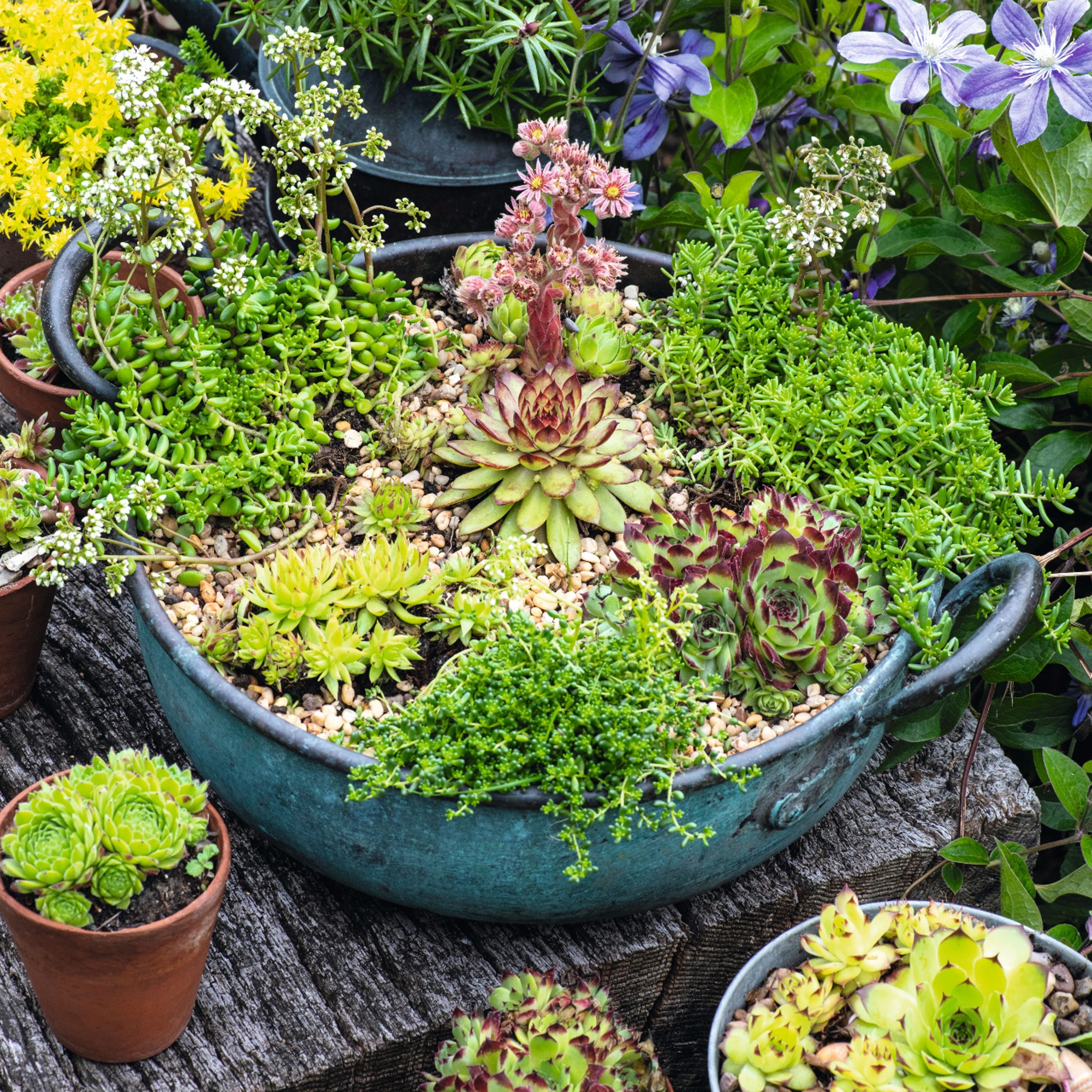
Succulent care mistakes
As they’re native to desert regions, succulents don’t need much. They’re used to thriving in the heat, and they’re used to growing in dry conditions - which makes them one of the few plants that love south-facing gardens. But sadly, you can’t just leave them to their own devices.
Here are 10 common succulent care mistakes that people make, with expert advice on how to fix them.
1. Overwatering the plants
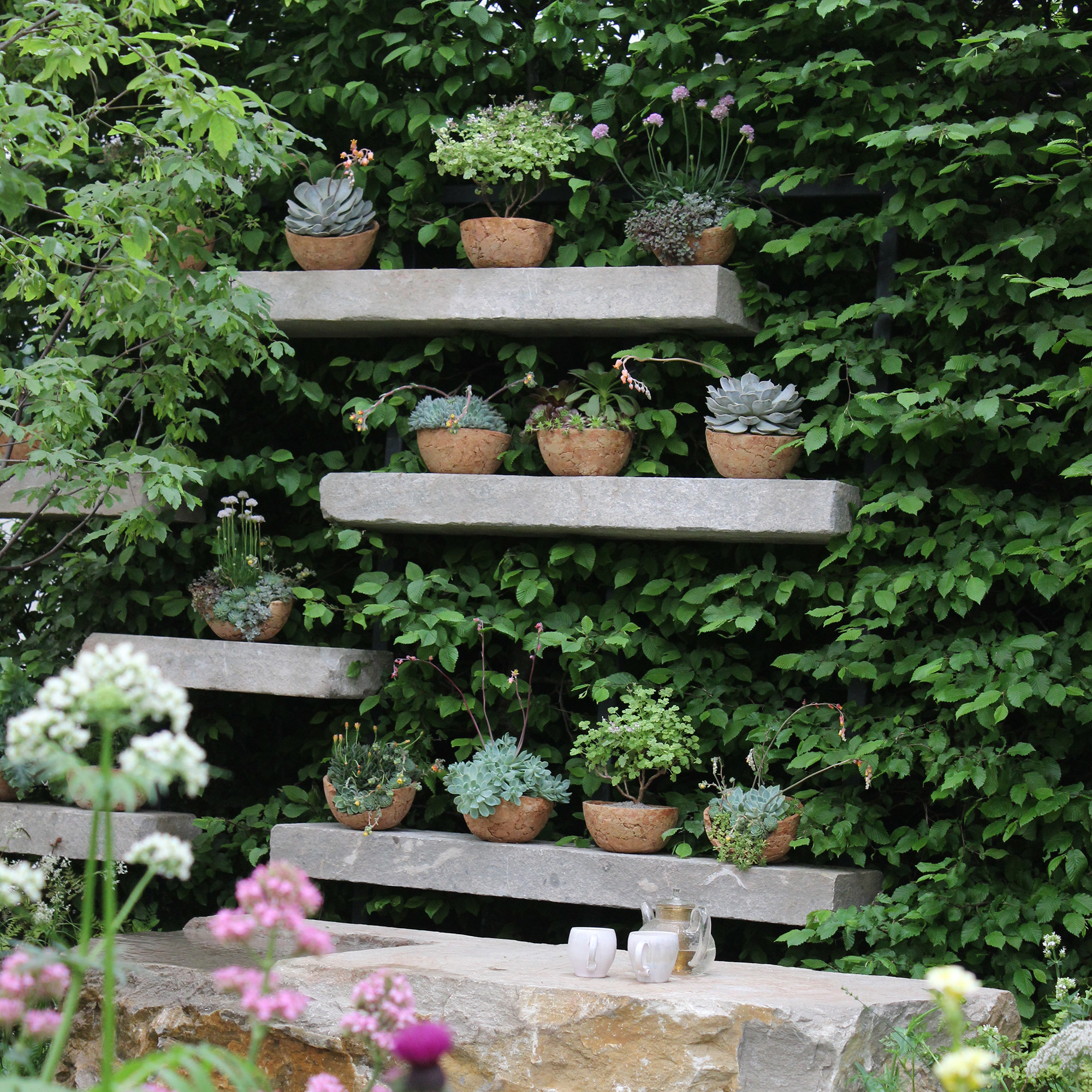
When it comes to how often you should water succulents, there’s no one-size-fits-all answer. This all depends on whether you have your succulents indoors or outdoors and where they are planted. But a common succulent care mistake people make when it comes to their indoor succulents is overwatering them - and this is pretty easy to do.
Unfortunately, most people realise that they've overwatered their succulents too late. First, the roots start to rot, and it’s only when the leaves of a succulent turn black, translucent, or slimy that novice gardeners realise something is wrong. By then, there’s very little chance of revival.
All is not lost, though. Expert gardener Alex Tinsman from How to Houseplant suggests bottom-watering your succulents as a foolproof way to help your succulents thrive. 'Filling a container or saucer with water and standing the pot in it for around 30 minutes will allow them to take up the water they need,' he explains.
2. Underwatering the plants
Just as it can be very easy to overwater your succulents, it's just as easy to underwater them. While it’s true that succulents are hardy plants that can withstand up to two weeks without water, you don’t want to leave your succulents too long without watering them.
'I think one succulent care mistake that people make is thinking they don’t need watering at all,' explains Emma Sibley, Founder and Director of London Terrariums. 'Succulents do store a lot of water in their leaves, which means they need watering much less than their leafy tropical cousins, but as soon as you see those succulent leaves start to shrivel, make sure you give them water.'
3. Using the wrong soil
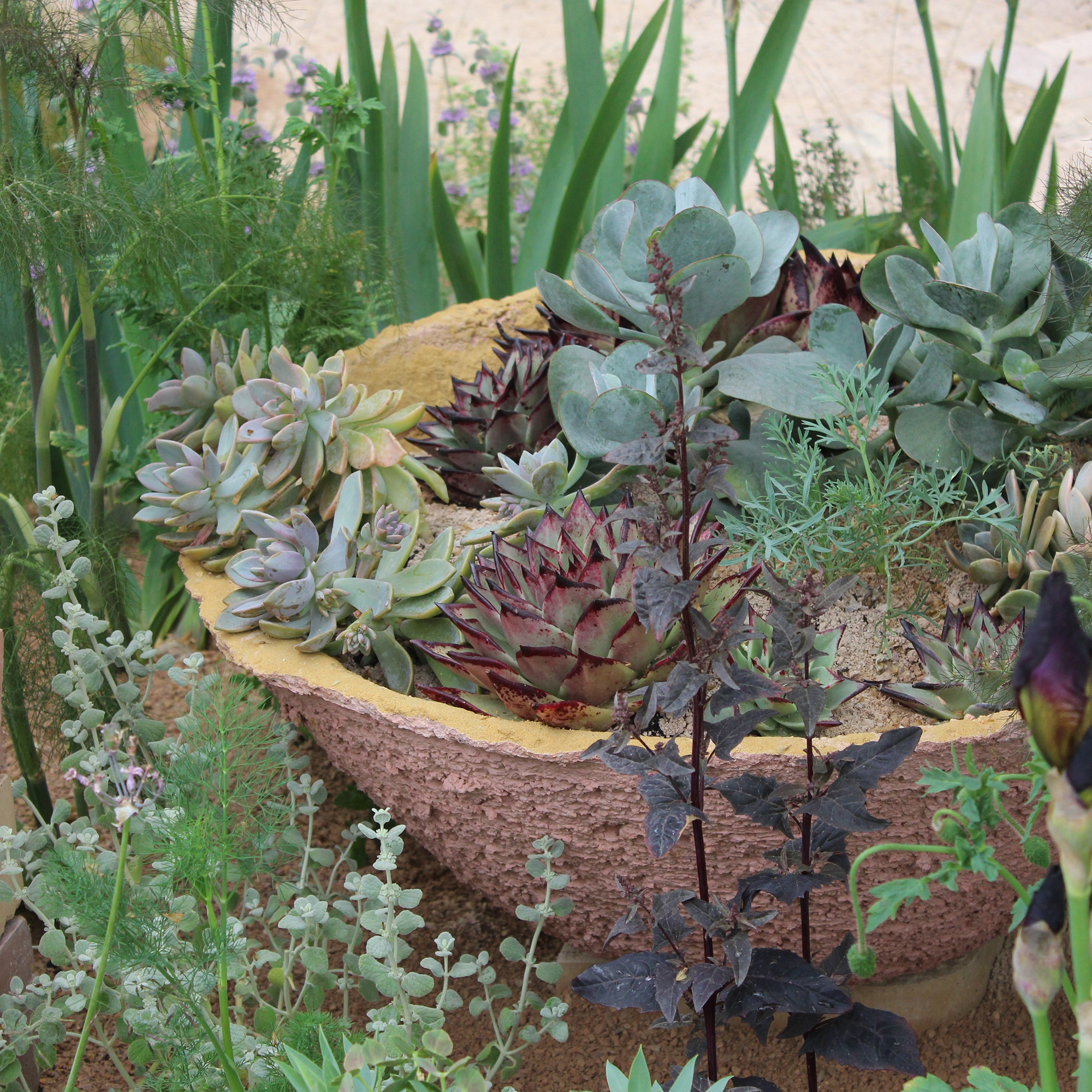
Succulents are one of the best houseplants for the bedroom, as they purify the air of toxins and pollutants. But that’s not the only thing they do with the air. They also absorb a huge amount of moisture from the air through their leaves, as well as absorbing moisture from the soil when you water them. So, using the wrong soil is a major succulent care mistake you can easily avoid.
Instead of potting your succulent in traditional houseplant soil, it’s best to opt for soil that is designed specifically for succulents. This is normally a looser, grainier soil that’s made from a mixture of potting soil, sand, pumice, or perlite. You can either buy this ready-made or make your own from scratch. We really rate the soil ninja succulent soil which comes in small resealable bags, perfect for repotting houseplants.
4. Using the wrong containers
If you’re growing these plants in pots, you might be making a serious succulent care mistake without even realising it. That’s because these plants are more accustomed to warm, dry climates, which means they must be planted in well-draining containers if you want any chance of survival.
The last thing you want is for your succulent to be sitting in water, as this will cause the roots to rot in just a matter of days. If it’s in a container with drainage holes, however, this will ensure that all excess water can make its way out of the pot without rotting the roots in the process.
You don’t have to put pebbles in your pots, either. Lucy from How To Houseplant explains, 'Most pots are fine to use without adding pebbles, and really they won’t make much of a difference anyway. If you’re that concerned about the soil or pot you're using, then you can add a short layer of Perlite to the bottom of the pot, but that's not usually required.'
5. Bunching them all together
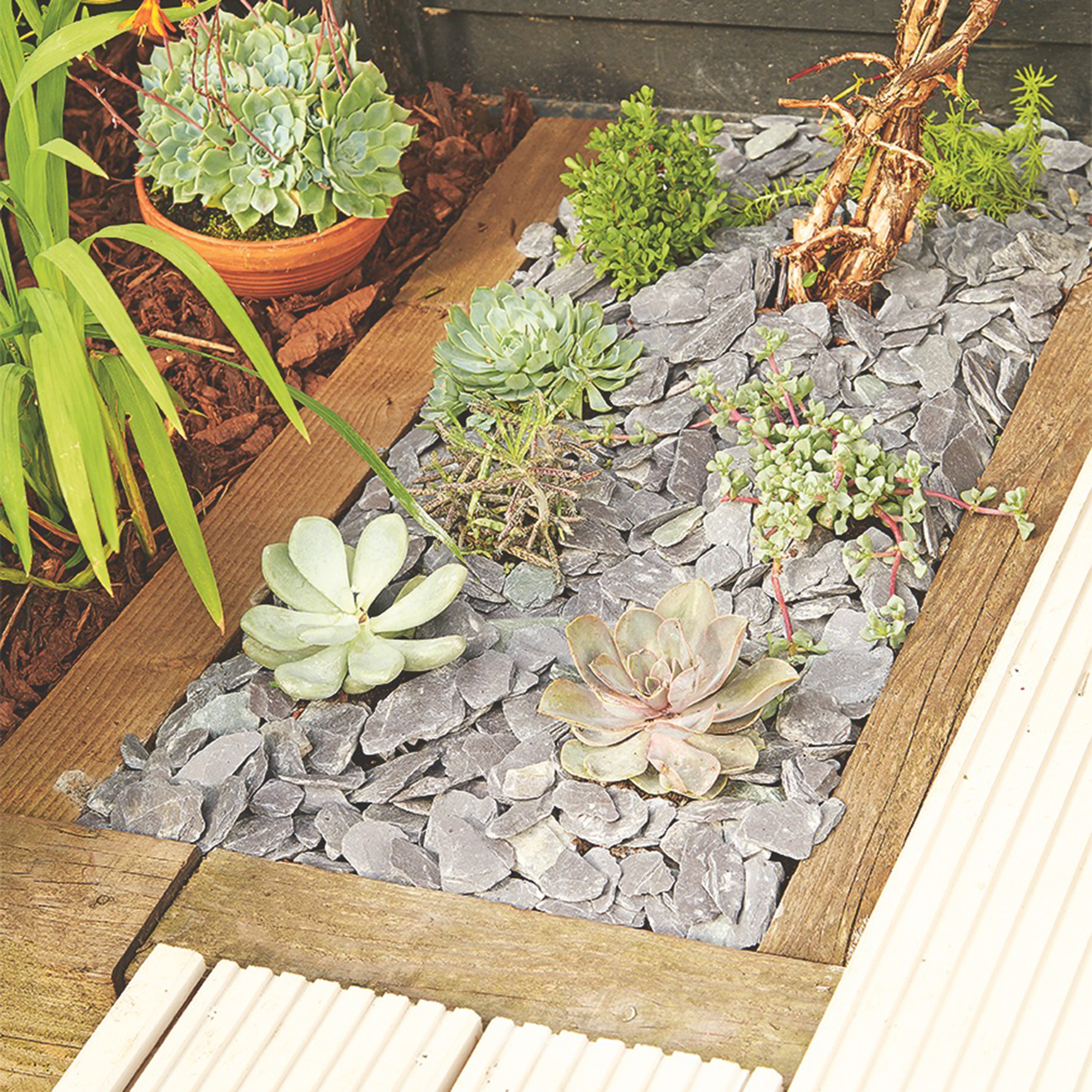
It's not hard to understand why succulents are so popular. They’re extremely unique and unusual compared to the likes of roses and hydrangeas, and a succulent garden on your patio can make a real statement piece. However, bunching too many succulents together can have a detrimental effect on the plants, and could ultimately end up killing them all.
If you’re putting a succulent arrangement into one pot, make sure you either limit the number of plants you use or plant them in a pot that’s big enough to house all of them without being overcrowded. Otherwise, you may find that your succulents are all competing for the same limited amount of nutrients.
6. Not giving them enough light
Although most people would love to have succulents in every room of the house or in every corner of the garden, it’s important first to assess whether these areas of the home have enough light. After all, succulents are native to desert locations where there’s an abundance of sunlight and warmth, and Bree Iman Clarke, Founder and Creative Grower of The Plant Project, explains, 'Succulents love morning sunlight and need 4-6 hours of sunlight every day.'
So, if you have a north-facing garden or small rooms that don’t get much sunlight, succulents might not be the right fit for you. Not giving succulents enough light is a major succulent care mistake and could stunt their growth or kill them completely.
Those who live in the shade can still enjoy succulents, though. It may be that you have to take indoor succulents outside every so often, or you could invest in a grow lamp to create the illusion of a bright and sunny indoor environment. Just don’t keep your succulents by the window in full sun all day. 'The glass reflecting off the window may scorch the plant,' says Clarke.
7. Using the wrong water
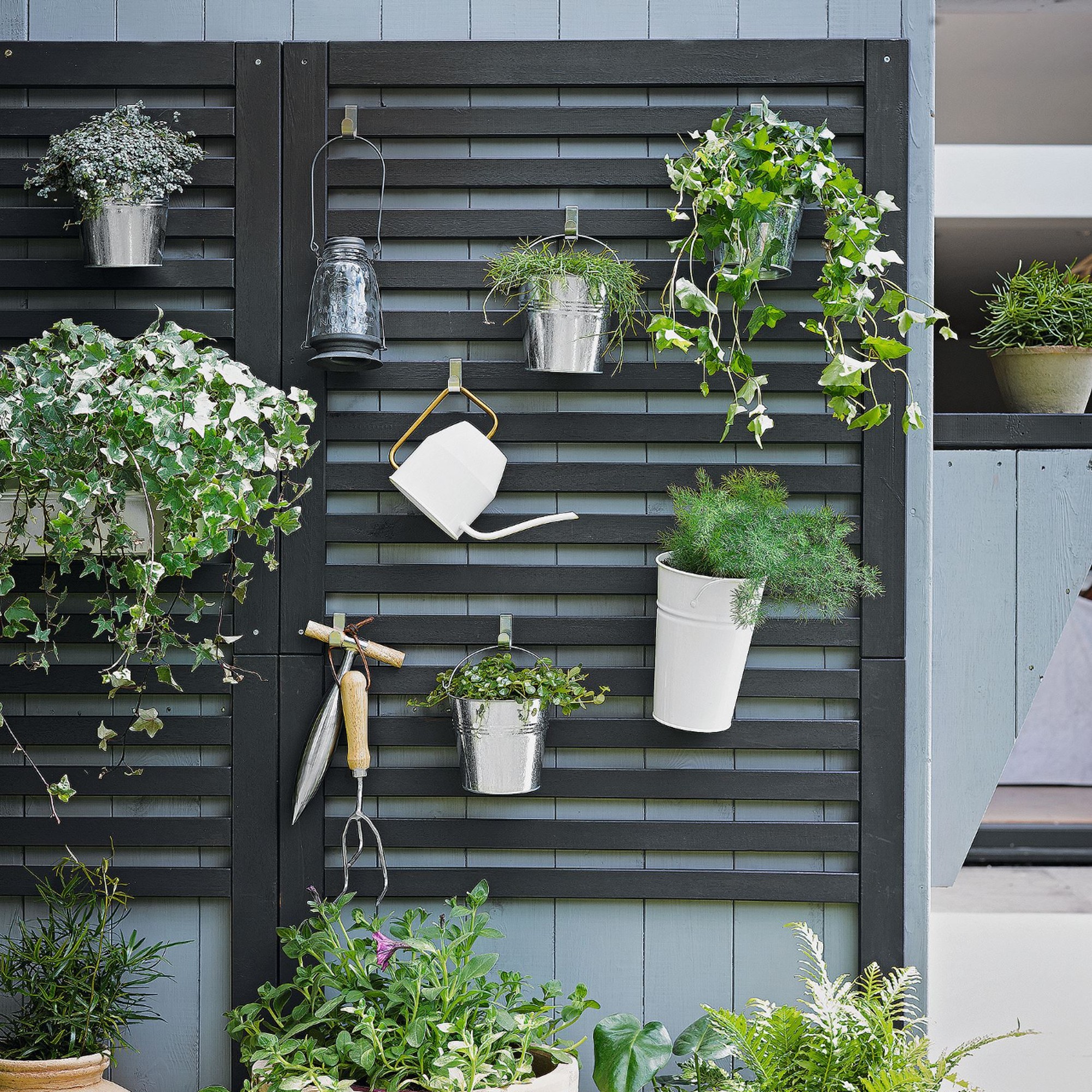
When it comes to watering your plants, both indoors and outdoors, you probably head to the tap and fill up a watering can. And while this is certainly a good way to water many of the plants you may have around the home, using the wrong water is a succulent care mistake that could have disastrous consequences. Especially if you have hard water.
'Hard water contains high levels of calcium and/or magnesium,' explains Gene Fitzgerald, home water treatment expert at BOS. 'For plants, including succulents, this can be harmful as they can become overburdened by calcium and magnesium deposits and prevented from imbibing other nutrients.'
However, there is a solution to this. 'Try rainwater or filtered water to water your succulents. Rainwater is naturally soft and free from the high mineral content found in hard water. Similarly, filtered water can remove impurities, including minerals, providing a better option for succulents,' says Fitzgerald.
8. Planting them with non-succulents
There are so many amazing garden trends for 2023. And while we’re over the moon to learn that gravel gardens have made the cut, planting succulents with other non-succulent varieties of plants in these kinds of gravel gardens is a major succulent care mistake.
While succulents look impressive when planted with various other flowers and blooms, this actually has a detrimental effect on the growth of the succulent itself. That’s because succulents are extremely unique in terms of the growing conditions they require, and you’re at a higher risk of over-watering them when you bunch them in with plants that require more water.
So, it’s best to keep them separate. Your gravel garden might not look as pretty, but at least the plants will last longer.
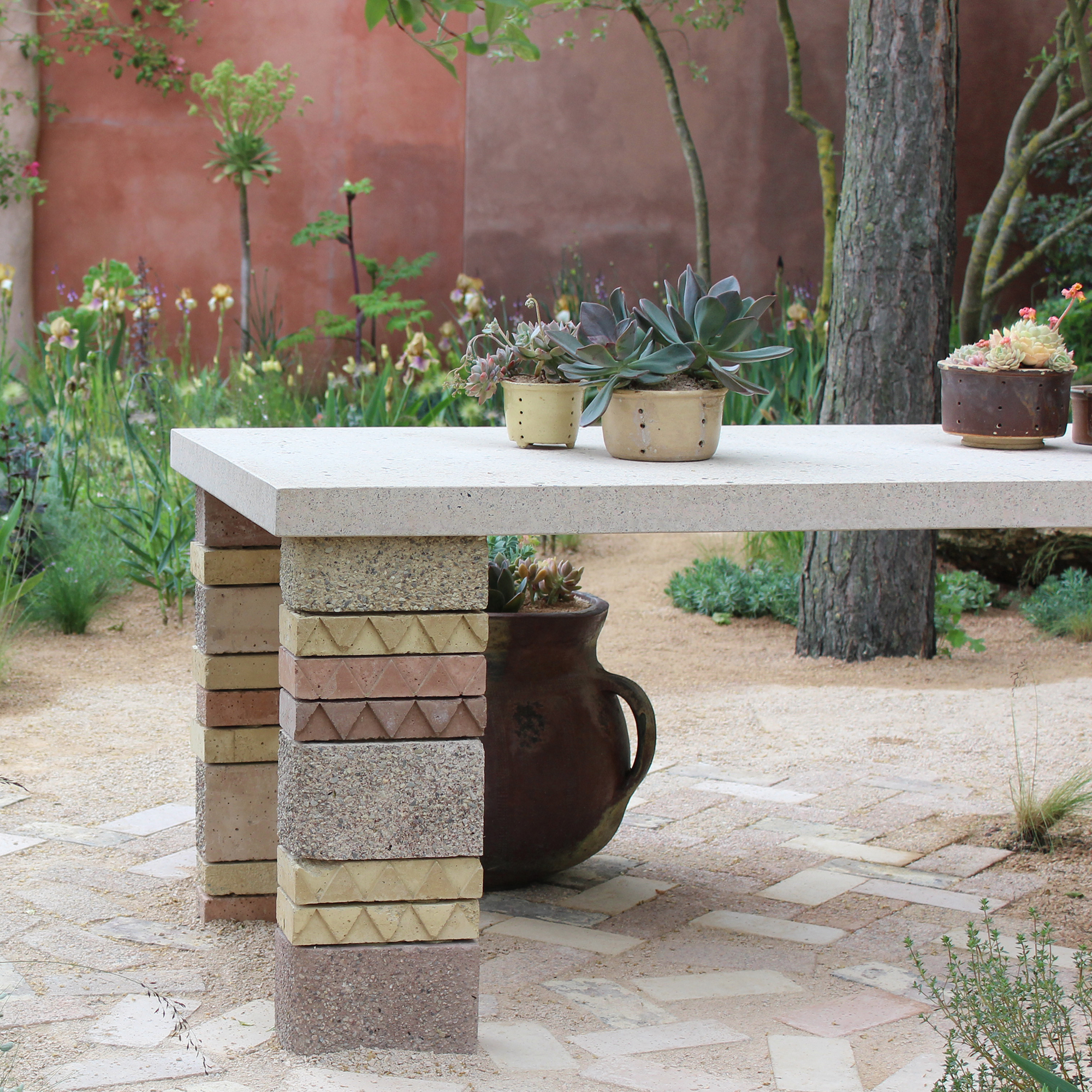
9. Choosing aesthetics over its needs
It's not uncommon for novice gardeners or new houseplant enthusiasts to buy succulents based on their looks alone. In fact, many people even include succulents in their event planning, with some using succulents as wedding favours or as table centrepieces and decorations.
However, it’s easy to make succulent care mistakes when you focus on the aesthetics rather than the needs of this plant. Wedding and events expert, Lavinia Stewart-Brown, loves to see people getting creative with succulents at their weddings, but stresses, 'They should be a gift people take home and not just an aesthetic for your tables.'
Thankfully, Stewart-Brown has some tips if you do want to give your guests the gift of stretching their green fingers. 'Succulents like light, so keeping them stored somewhere they can bask is super important. In addition, ensure they are transported to the venue in an upright position and then stored safely until the venue/coordinator lays the tables,' she explains. If not, you may find that you’re gifting a dead plant before your guests can even take it home.
10. Thinking they’ve died
Although many indoor plants and houseplants thrive all year round, this isn’t the case for succulents. Because of this, many people make the succulent care mistake of thinking their plant has died when it might just be going through a dormant period.
Marcus Jaye, founder of TheChicGeek’s Fabulous Plants, explains, 'They grow before the summer and after the summer, so don’t worry if they stop growing because it comes in waves.'
A succulent normally won’t grow at all during this dormant period, but don’t give up on it. If the leaves are still intact and the plant still looks healthy, this is a sure sign that the plant is still alive and just waiting for the warmer months to start growing again.
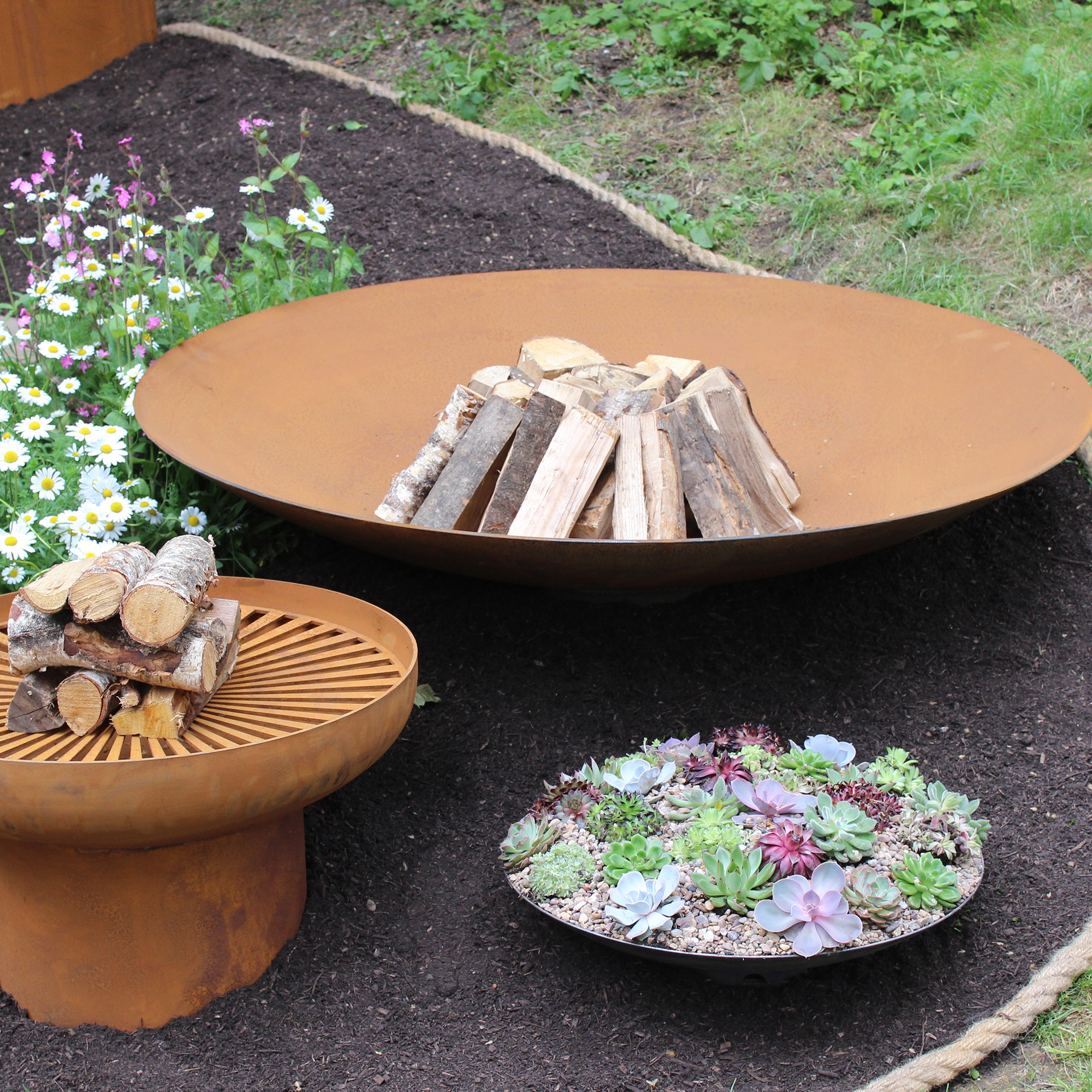
How do I know what's wrong with my succulent?
As with any plant, the best way to understand what’s wrong with a succulent is to look at the roots. If the roots are either white or yellow, they’re perfectly normal, and the plant is healthy. If they are black or brown, it’s highly likely that your succulent is suffering from root rot. This is normally caused by overwatering.
However, the leaves of a succulent can also be a good indicator as to what’s wrong with your succulent. Although it’s normal for some leaves at the bottom of a succulent to naturally die over the course of its lifetime, if all of the leaves on your succulent start to look wrinkled, then your plant probably isn’t getting as much water as it needs.
How do you know if your succulents are happy?
It’s generally easy to see whether your succulents are happy or unhappy, as you’ll be able to see visual changes if your plant is unhappy. But if your plant has strong, firm leaves that are vibrant in colour, this means that they are happy in their location and with your watering regime.
While many people worry that their succulent is unhappy when their plant takes a while to grow, slow growth is a big sign of a happy succulent as they are naturally slow-growing plants.







